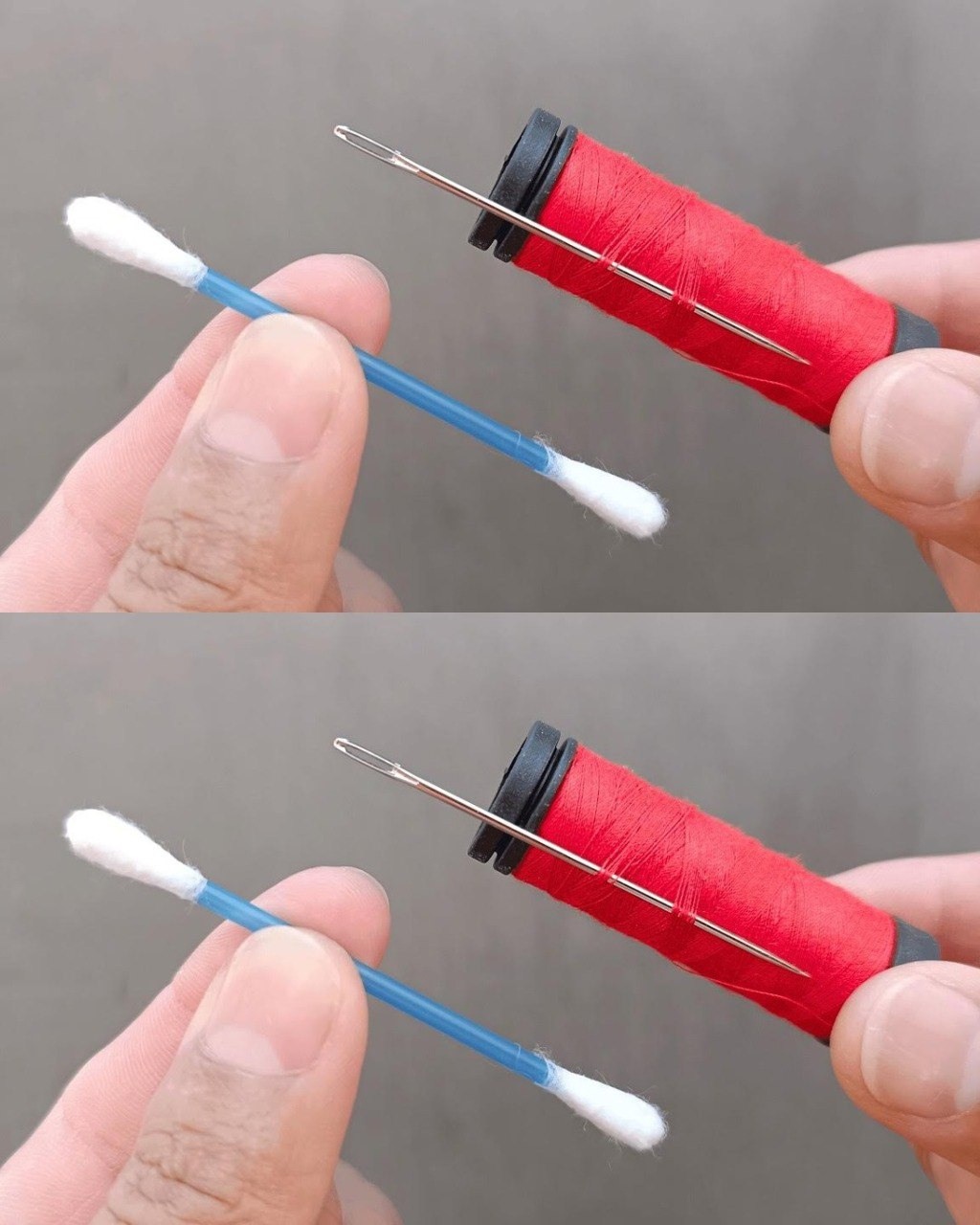Threading a needle is a fundamental skill in sewing, yet it often presents challenges, especially when working with fine needles or thicker threads. Over time, experienced seamstresses have developed various methods to simplify this task. Drawing from the wisdom of a seamstress with six decades of experience, this guide explores practical techniques to make needle threading more efficient and less frustrating.
The Challenge of Threading Needles
Threading a needle requires precision and steady hands. Factors such as poor lighting, diminished eyesight, and the delicate nature of the materials can complicate the process. Traditional methods often involve moistening the thread or trimming it at an angle, but these approaches are not always effective, particularly with very fine needles or slippery threads.
Innovative Techniques for Easier Needle Threading
The seasoned seamstress recommends several household items to aid in threading needles:
- Toothbrush Method
- Materials Needed: A clean, unused toothbrush.
- Procedure:
- Place the thread across the bristles of the toothbrush.
- Hold the needle with the eye facing the bristles.
- Press the needle gently into the bristles where the thread lies.
- The bristles will guide the thread through the eye of the needle.
- Explanation: The fine bristles of the toothbrush act as miniature guides, aligning the thread with the needle’s eye and facilitating its passage through.
- Blister Pack Method
- Materials Needed: An empty blister pack (such as those used for tablets).
- Procedure:
- Place the thread over one of the empty blister cavities.
- Position the needle’s eye over the cavity containing the thread.
- Press down gently, allowing the thread to pass through the eye.
- Explanation: The blister pack’s cavity holds the thread in place, and pressing the needle into it guides the thread through the eye.
- Cotton Swab Method
- Materials Needed: A cotton swab (Q-tip).
- Procedure:
- Remove a small amount of cotton from the swab.
- Place the thread on the cotton.
- Position the needle’s eye over the cotton and thread.
- Press down, allowing the thread to pass through the eye.
- Explanation: The cotton holds the thread steady, and pressing the needle into it helps guide the thread through the eye.
- Paper Strip Method
- Materials Needed: A thin strip of paper.
- Procedure:
- Fold the paper strip in half.
- Place the thread inside the fold.
- Insert the folded paper (with the thread inside) through the needle’s eye.
- Once through, pull the thread out of the paper.
- Explanation: The paper acts as a temporary needle threader, guiding the thread through the eye without fraying.
Additional Tips for Successful Needle Threading
- Proper Lighting: Ensure adequate lighting to see the needle’s eye clearly.
- Thread Preparation: Cut the thread at a sharp angle to create a pointed end, making it easier to insert through the eye.
- Use of Beeswax: Running the thread through beeswax can stiffen it slightly, reducing fraying and aiding in threading.
- Needle Threaders: Consider using a commercial needle threader, a small device designed to assist in threading needles.
Conclusion
Threading a needle need not be a source of frustration. By employing these time-tested techniques and utilizing common household items, the process becomes more manageable. The ingenuity of experienced seamstresses offers valuable solutions, transforming a challenging task into a simple step in the sewing process.

